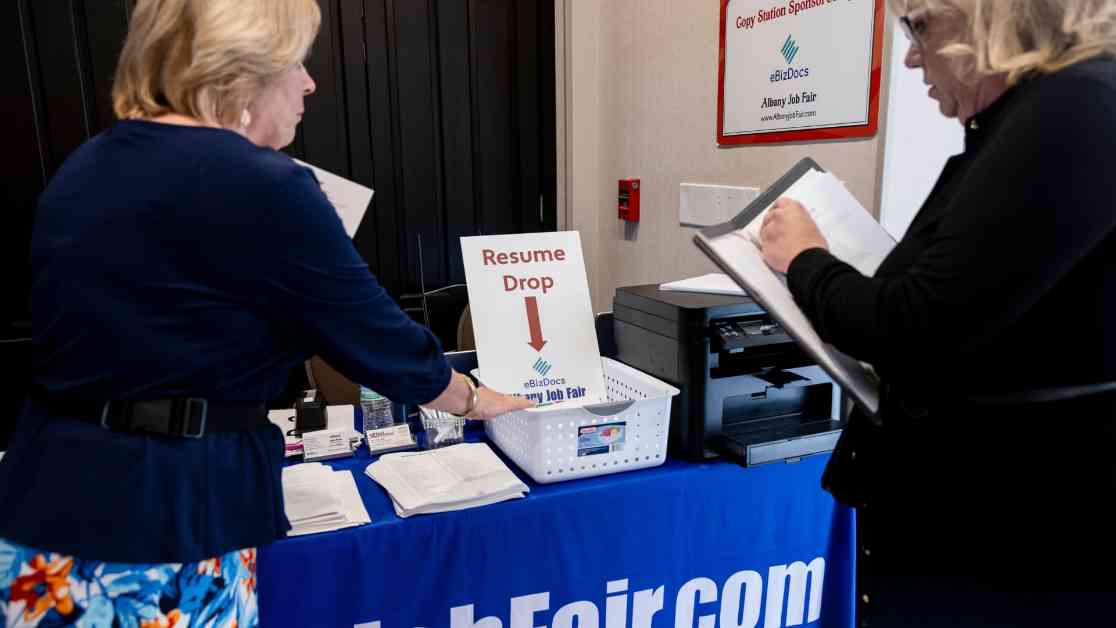September’s upcoming jobs report is anticipated to mirror the trends observed in August – a gradual decrease in hiring, a slight rise in wages, and a labor market that aligns with policymakers’ expectations. Projections suggest that nonfarm payrolls will increase by 150,000, up from 142,000 the previous month, while the unemployment rate is expected to remain steady at 4.2%. Wage growth is forecasted at 0.3% on a monthly basis and a 3.8% increase from the previous year. These figures are considered favorable, as they allow the Federal Reserve to continue reducing interest rates without concerns of sparking a recession.
Katie Nixon, the chief investment officer at Northern Trust Wealth Management, noted that the job market is slowing down, shifting the balance of power from employees to employers. This shift is expected to ease wage pressures, a significant factor in inflation. The current economic environment is described as a “soft-landing,” aligning with expectations.
Despite the anticipated numbers, there is always the possibility of unexpected outcomes or significant revisions. Monthly revisions have been known to be substantial, adding uncertainty to job market analysis. David Kelly, the chief global strategist at JPMorgan Asset Management, emphasized the need to interpret the figures with caution, as there could be surprises in either direction.
The release of the report by the Bureau of Labor Statistics will provide valuable insights into the state of the labor market. Analysts will closely monitor the data for clues on the Federal Reserve’s future monetary policy decisions. The Fed aims to gradually lower interest rates, but market expectations may differ from policymakers’ intentions.
Recent trends in the labor market indicate a gradual decline in various indicators, signaling a softening but stable employment landscape. Job openings have decreased, impacting the ratio of available positions to job seekers. Despite the challenges posed by the pandemic, the labor market appears to have reached a state of equilibrium after experiencing significant disruptions in recent years.
The current environment reflects a shift in labor dynamics, with fewer turnovers and increased stability in employment. Joseph Brusuelas, the chief economist at tax consultancy RSM, highlighted the decreased leverage of labor in negotiations, indicating a normalization of the economy. While challenges persist, the steady job growth and low unemployment rate demonstrate resilience and recovery from past crises.
Looking ahead, the upcoming jobs report will provide valuable insights into the ongoing trends in the labor market and their implications for the broader economy. Analysts and policymakers will closely analyze the data to make informed decisions regarding monetary policy and economic stability. As the economy continues to navigate uncertainties, the resilience of the labor market serves as a critical indicator of recovery and growth.
















